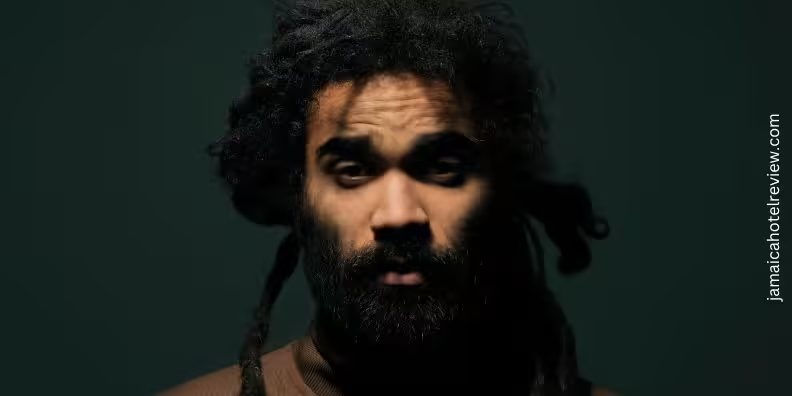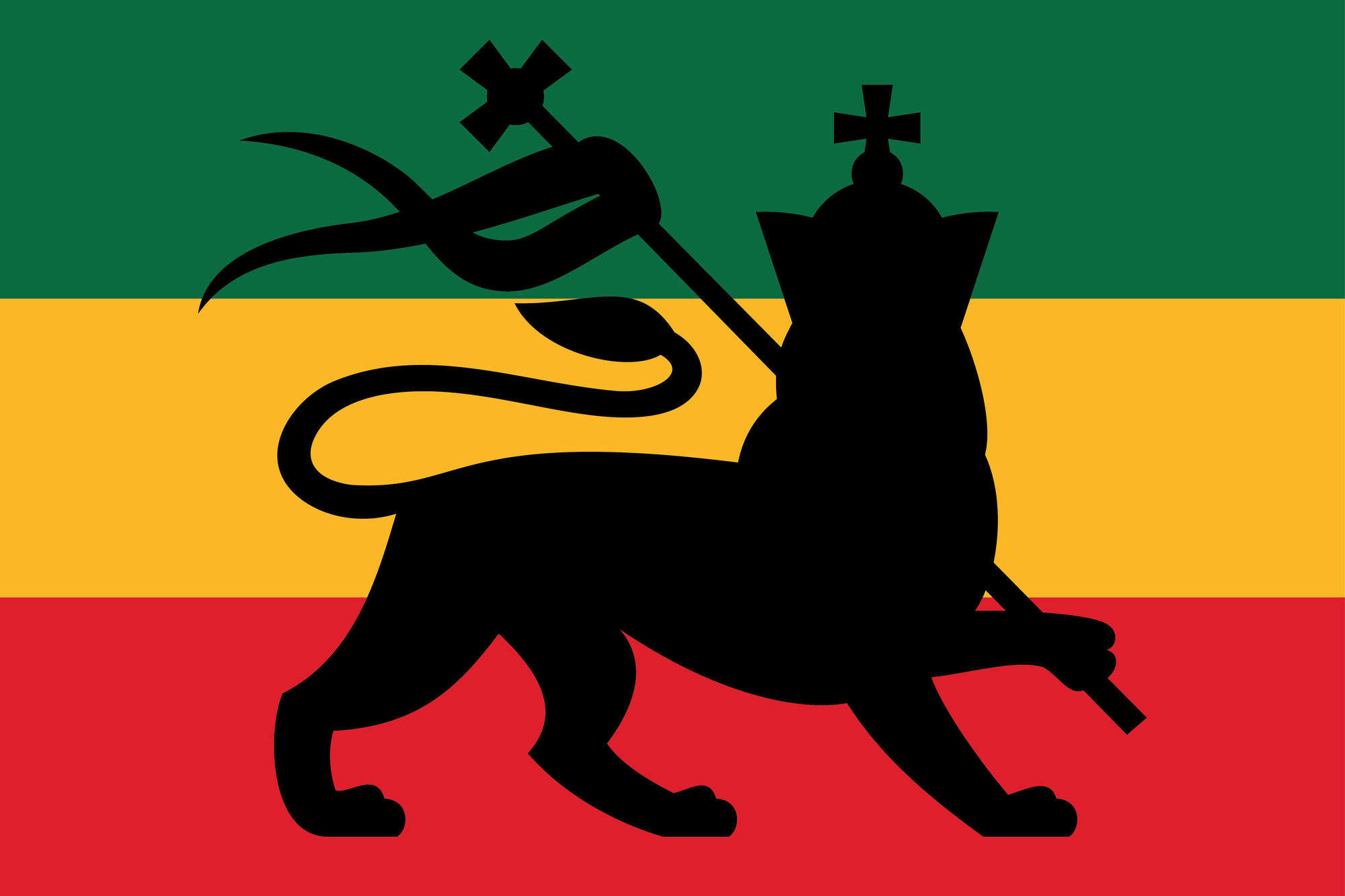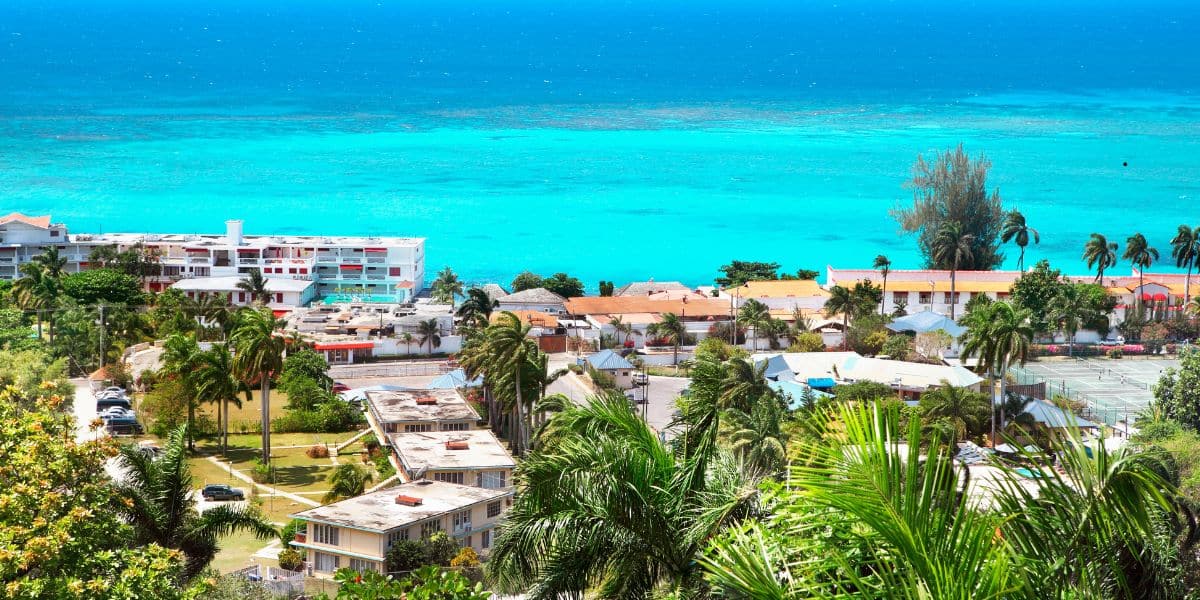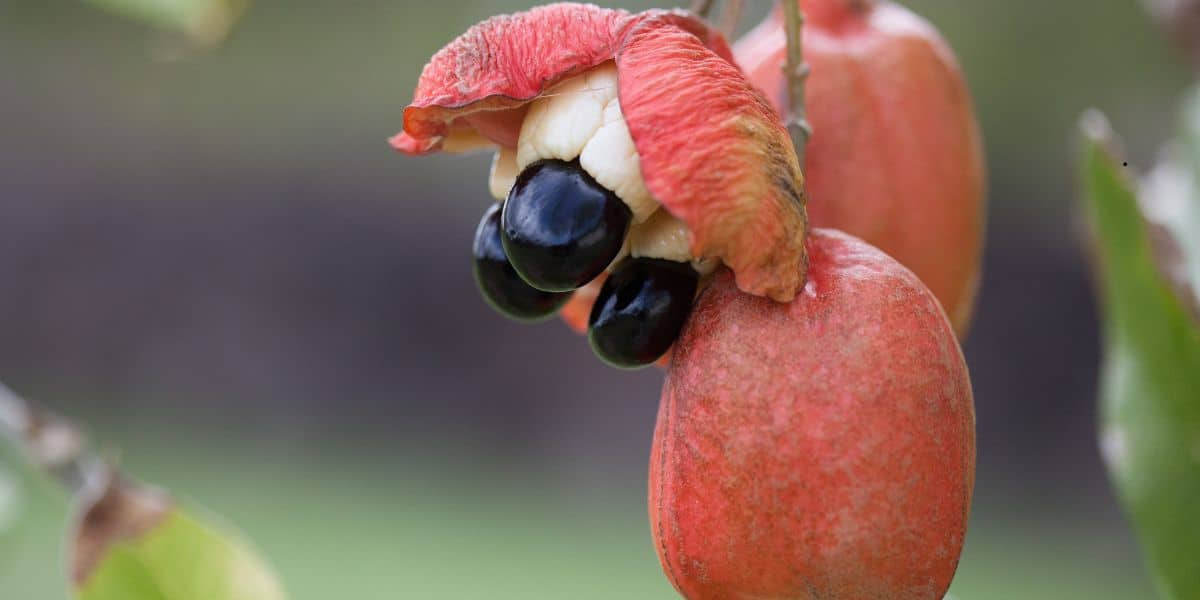History
Rastafarianism was born in the slums of Jamaica and encompassed the teachings of Marcus Garvey, a black nationalist born in Jamaica. The movement uses selected texts from the Old Testament in its practices and teachings.
Garvey was born in 1887 and had a huge impact on poor black citizens. This influence came to a head in the 1920s when his message of support and his self-governing request to black people won many supporters.
He was a political leader whose goal was to make the black Jamaicans economically equal with the white citizens. This vision created the belief that he was a divinely anointed prophet.
When Ras Tafari Makonnen, who assumed the name Haile Selassie I, was crowned on the 2nd of November 1930 in Ethiopia, many followers believed that Garvey’s forecast of a black king in Africa had come true. Ethiopia is very significant to the Rastafari’s who believe that the impending judgment day will see the righteous being called to Mount Zion in Africa to live eternally in harmony.
Although Garvey was not a fan of Haile Selassie due to the continuation of slavery in Ethiopia, he was still revered by dedicated Rastafarians.
Characteristics
Without centralized organization, a definitive text, official premises or a recognizable office of the leader, this religion is challenging to categorize and results in a variety of practices and beliefs from under the Rastafarian umbrella. There are some common characteristics covered below.
Unlike most religions which stress that you conform to the relevant higher power, the Rastafari movement is the person themselves. Believers follow the path to truth by themselves, rejecting the powers of modern and oppressive white culture which is considered as a rebellion against God. Jah, the Earth’s rightful ruler, is inside all individuals who are connected to God.
There was a massive growth in the Rastafari movement in the mid 70’s, mainly due to the exposure of reggae music, mostly through Bob Marley, who was also a Rastafari prophet. This reggae movement was attractive to black Jamaican youths who saw it as a rebellion against parental authority. As Jamaican families moved to American and England, the music spread and became internationally popular.
Probably the most physically obvious symbol of the Rastafari movement is dreadlocks, which are said to signify the Lion of Judah. They are also in stark contrast to the straight, blonde hair of white people.
The Rastafari movement is represented by the colors gold, red and green. These colors were taken from the Ethiopian flag, with each color meaning something different. Gold represents the homeland’s wealth which will be regained. Red symbolizes the blood of the Rasta martyrs, as well as the Rasta Church Triumphant. The green is for the vegetation and beauty of Ethiopia.
True Rastafarians are vegetarians and only eat Ital food, which is special food that is natural and never touches cans or chemicals. The meals can be cooked, but raw food is preferable and should be served without preservatives, salts, and condiments. They only drink herbal drinks like tea. They do not drink processed beverages such as milk, liquor, soft drinks, and coffee.
Ganja is often smoked in ritualized form and as a medicine. It is not encouraged for recreational use as many think it is. The smoking of marijuana is believed to help in the mediation process and is said to be the holy green herb which is mentioned in the Bible.
Today, it is estimated that there are around 1 million followers of the Rastafari movement, and there are official branches in the Caribbean islands, Canada, America, and England. Some believe that as many as half of the Jamaican population are Rastafarians, but the more conservative figure suggests around 10% of the population to be followers.





